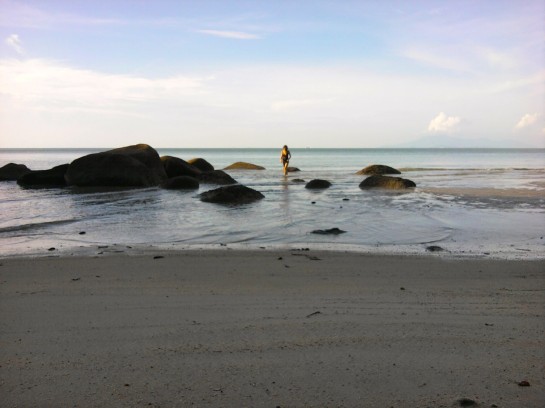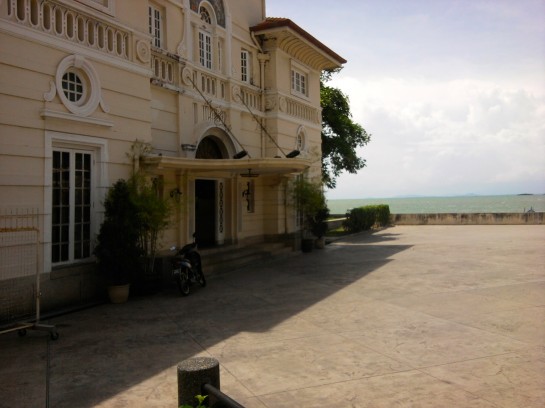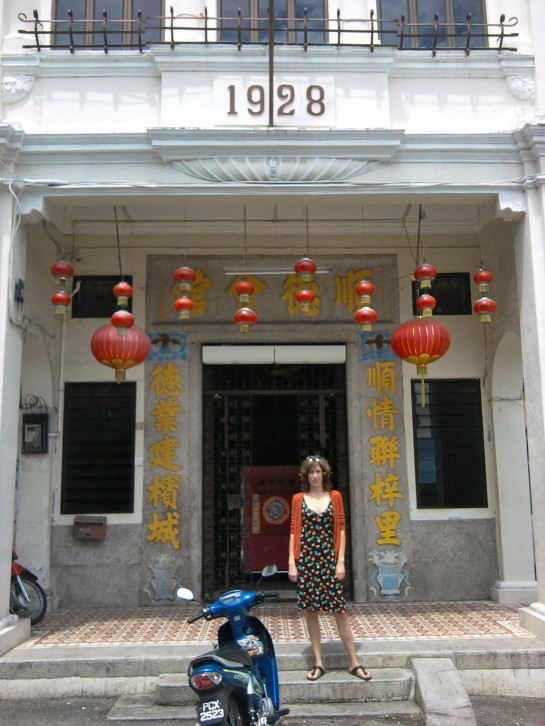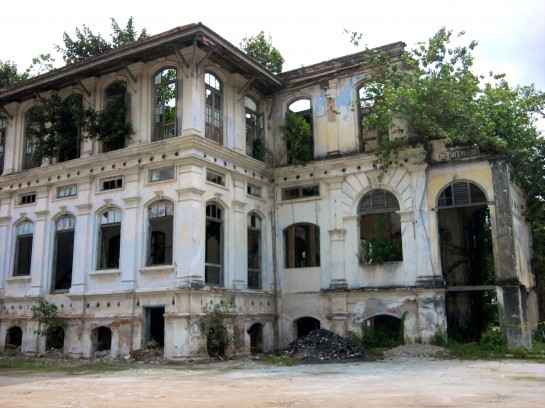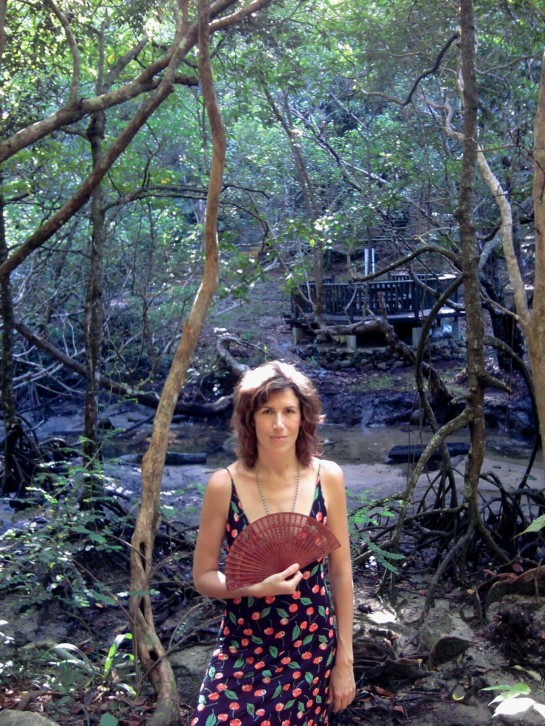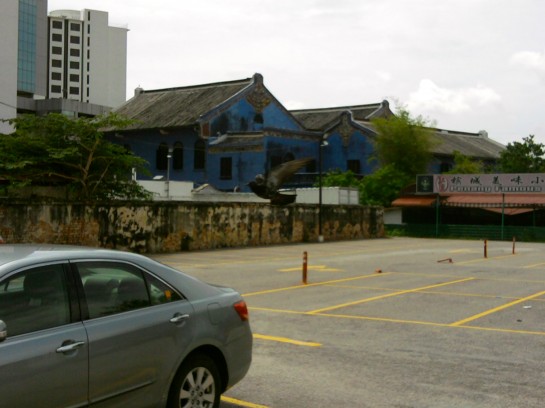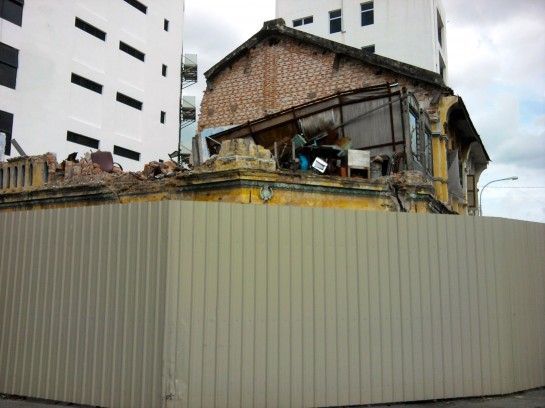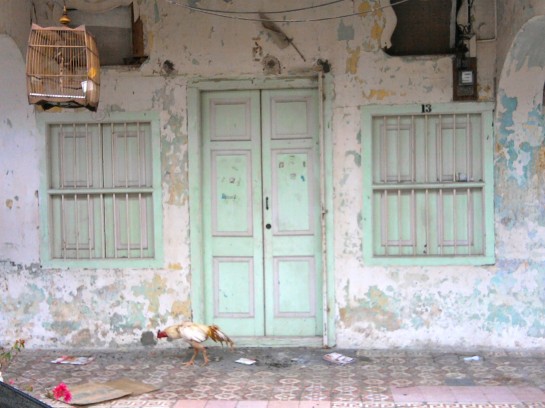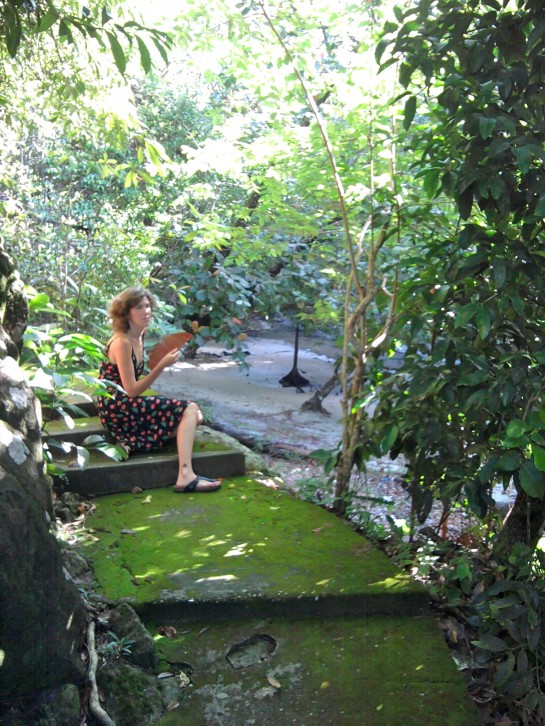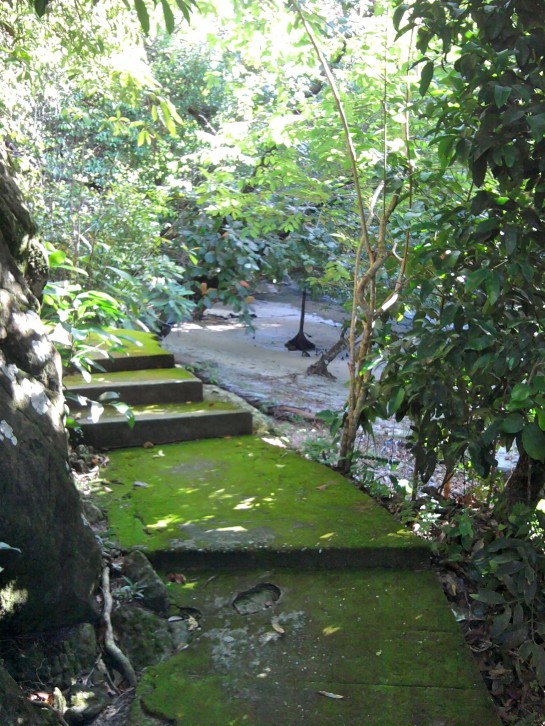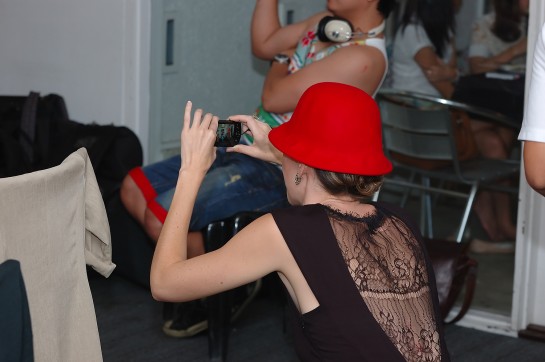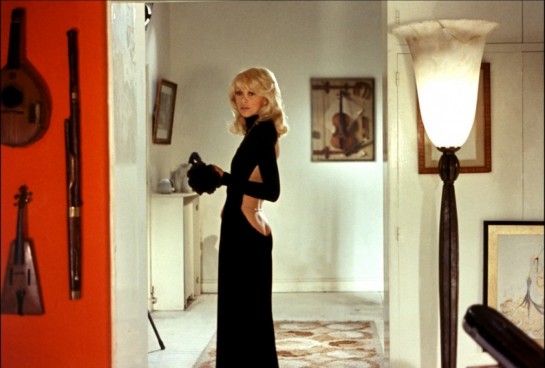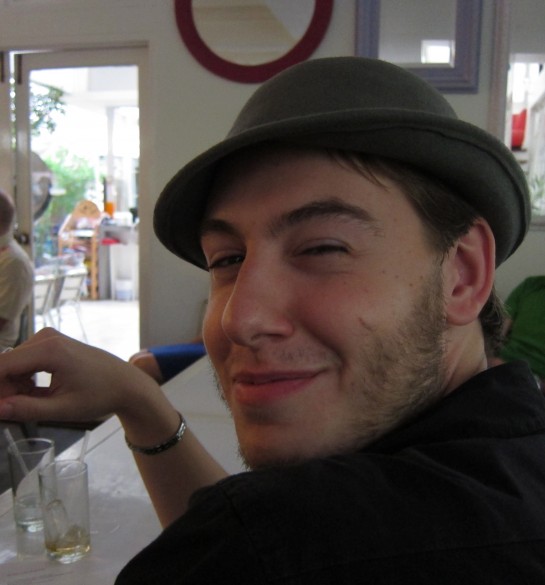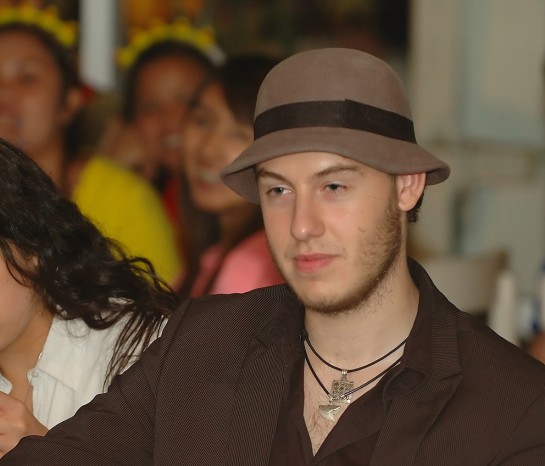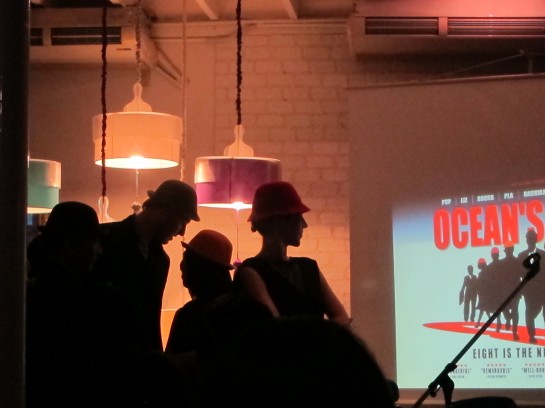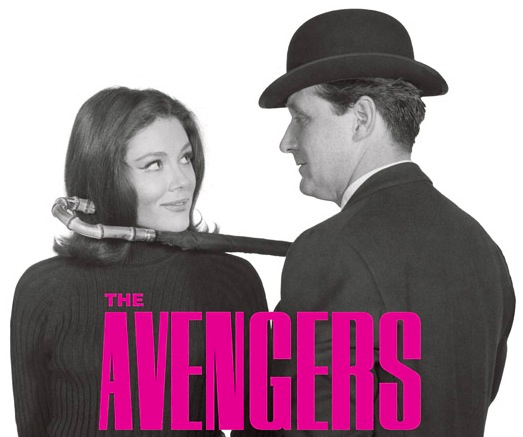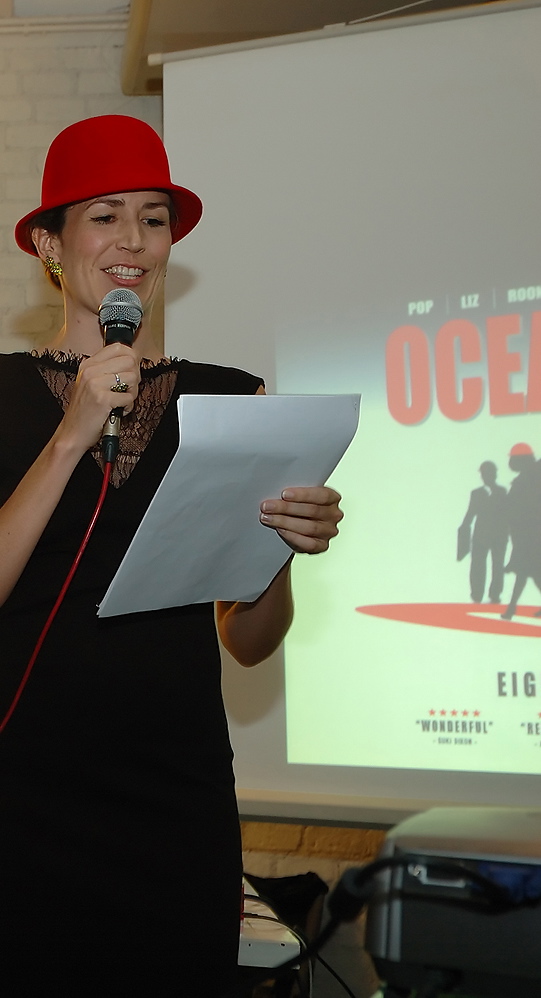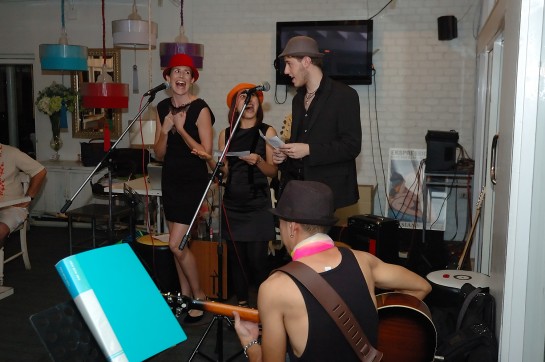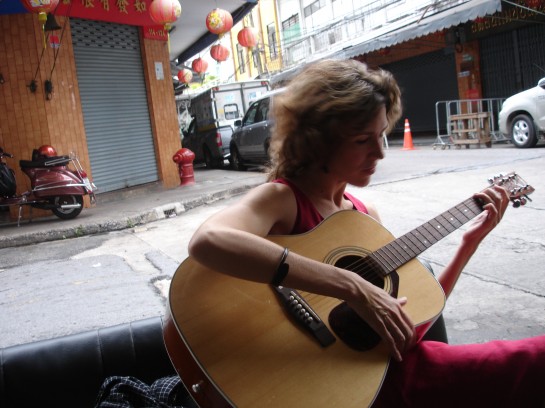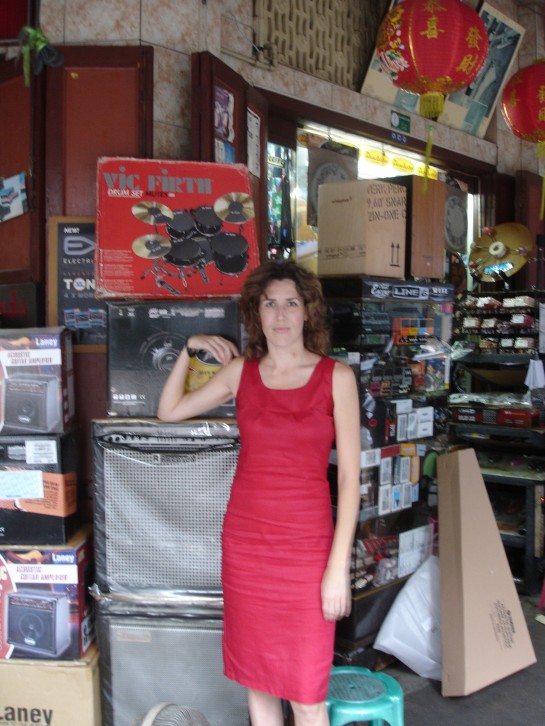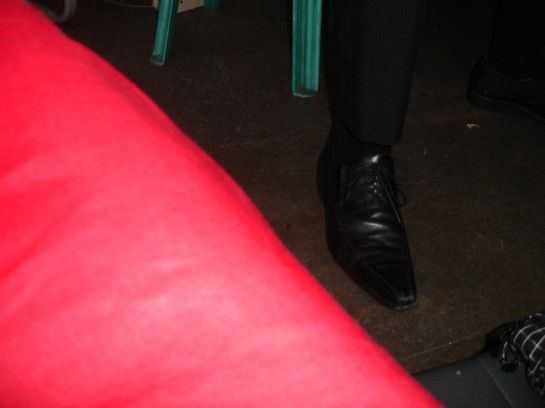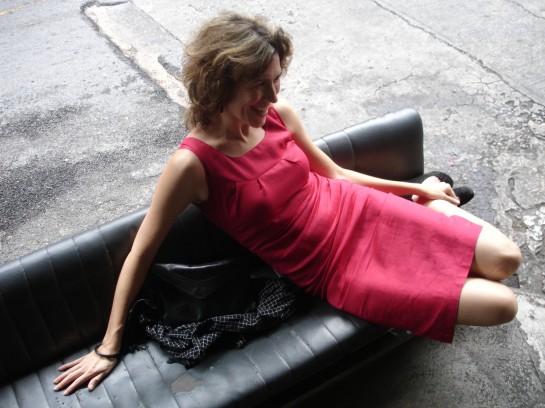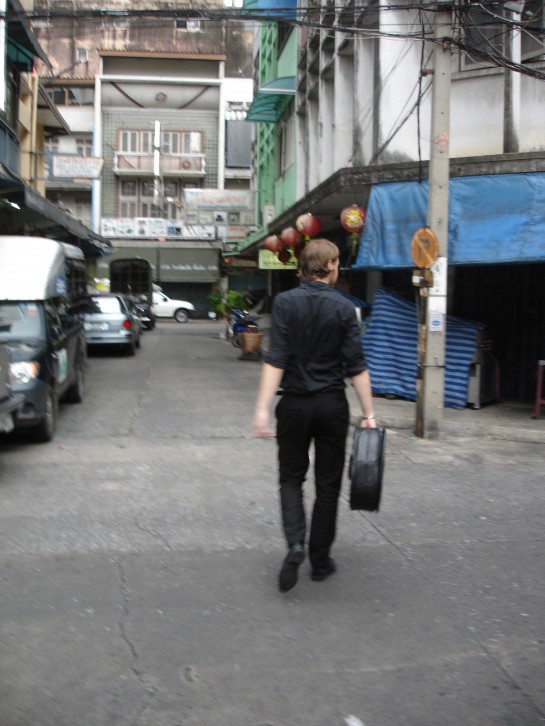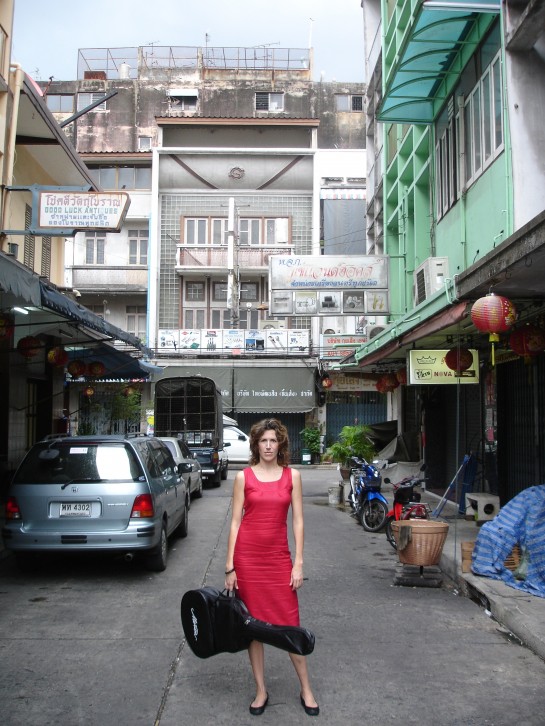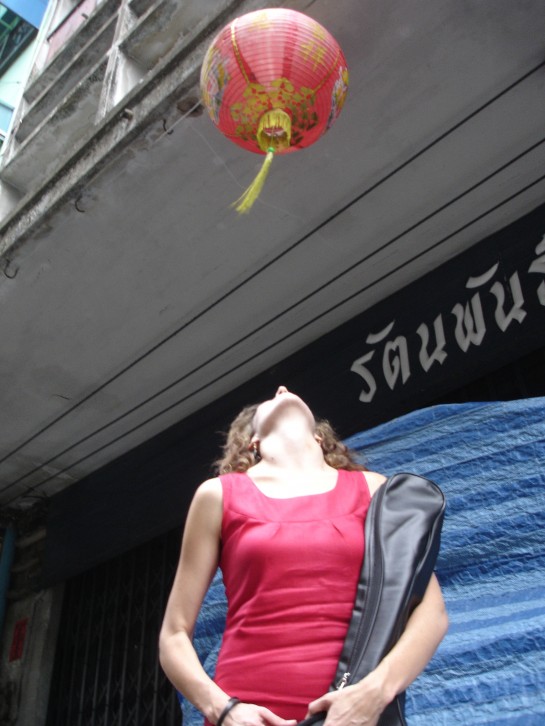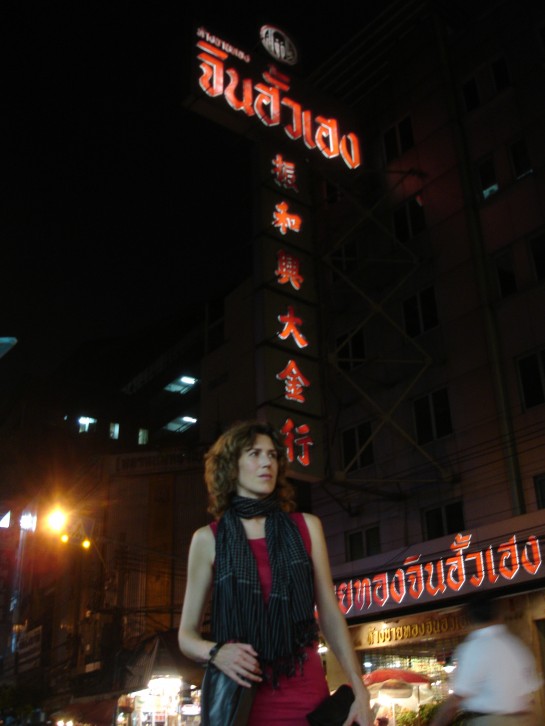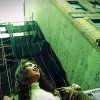Last week I returned to the Malaysian island of Penang with its colonial facades, rickshaws, and Protestant cemetery full of East India Company Esquires. The last time I visited Penang I was eleven years old. I stayed with my family at the Eastern & Oriental Hotel. I can clearly conjure memories of the E & O’s old crank elevator with its metal accordian grill, the stooped Malay operator, and–cloistering them all–a crumbling sea wall.
Twenty-three years had come between us when I once again stepped through the swinging doors of the E & O. The only object I could find to corroborate my vivid childhood recall was the crank elevator, long retired. From its door hung a polite placard: danger please do not touch the grill.
Scanning the lobby of the renovated E & O was like trying to glimpse familiarity in the face of a friend who has crash-dieted down one hundred pounds.
As the structure changes, so goes the territory. I realized the many ways I am unlike the hermit crab who can cast aside his shell.
I marveled at how I had been treating my memory–the most fugitive of landscapes–like it was a map of the actual. The world always has been and remains a specter of light and shadow. The map is never the territory. The map is a snapshot taken of Chinese money as it burns in a Malay alley in a wild and tidy pile.
This is why photographs, like memory, hold us in their thrall.
Where did they come from? Where did they go?
How to measure the distance between what is and what was?
In moss.
In creepers.
Cell phone photos by Tetoro
Cherry dress: Free People; cotton cardigan: J. Crew; sandals: Gizeh Birkenstocks; rosary: Burmese jade custom-made in Phnom Penh; sunglasses: MANGO; wooden fan: souvenir shop, Koh Kret.
Comments
